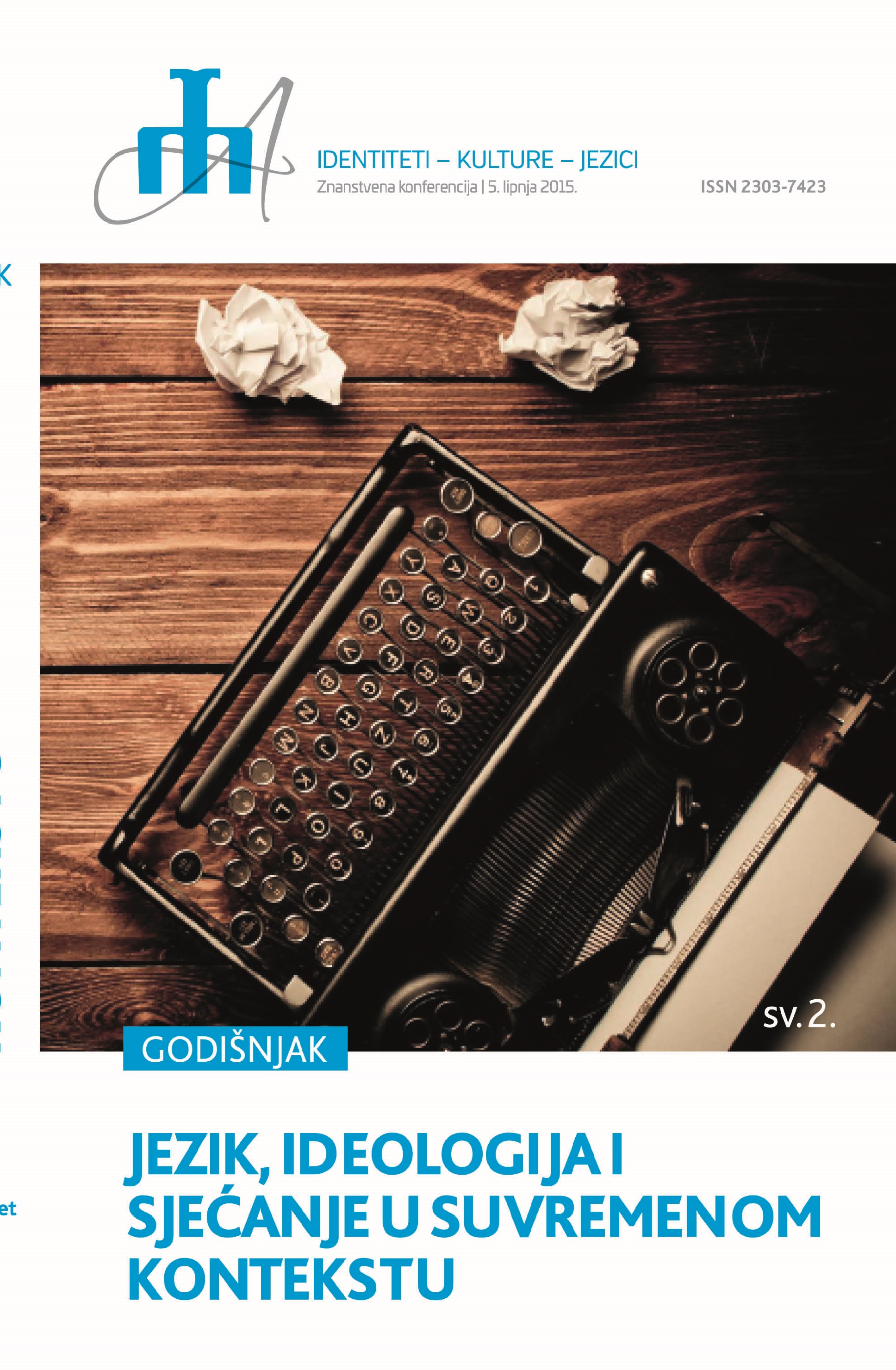Etnički identitet Osijeka u povijesnom tijeku
The Ethnic Identity of Osijek throughout History
The movement of people, cultures and languages
Author(s): Zlata Živaković- Kerže, Miljenko Brekalo, Anamarija LukićSubject(s): History, Cultural history, Ethnohistory, Local History / Microhistory, Demography and human biology, Sociology of Culture, Ethnic Minorities Studies
Published by: Filozofski fakultet Sveučilišta u Mostaru
Keywords: Osijek; multinationalism; multiculturalism; census; mother tongue; Esseker; the Croatian language; the German language; 20th century
Summary/Abstract: In this paper, the authors describe Osijek as a markedly multiethnic and multicultural town which started developing its Croatian identity in the early 20th century. This fact is supported by the 1910 census when the Croats, the indigenous people in the region, became the largest ethnic group. Observing the changes in the demographic structure throughout history, the authors emphasize the impact of the migrations of rural population which were caused by industrialization and cultural movements (“The Croatian Movement”). However, the language of “the bygone times” was preserved after the migrations. Namely, even though Croatian became the official language of the Kingdom of Croatia and Slavonia in 1848, all or almost all the inhabitants of Osijek spoke German in informal situations. They used the local, so called Esseker dialect, which was a version of German interwoven with the elements of Croatian and Hungarian.
Journal: Identiteti - Kulture - Jezici
- Issue Year: 2/2016
- Issue No: 1
- Page Range: 319-330
- Page Count: 12
- Language: Croatian

